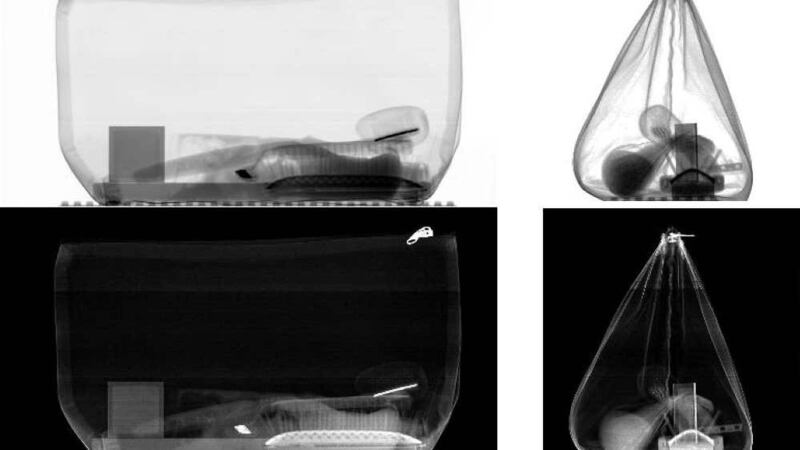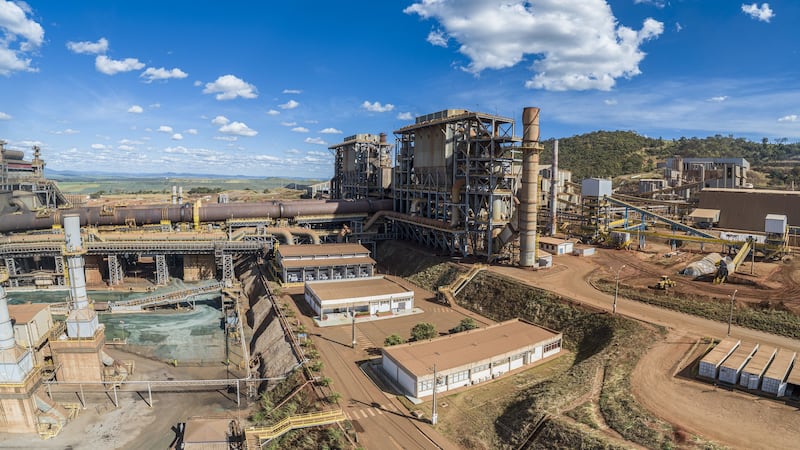Illegal and dangerous items, such as explosives, could be detected with 100% efficiency, using artificial intelligence (AI) and a new X-ray approach by UK academics.
Some explosives can be difficult to spot with a conventional X-ray alone, and the new method could revolutionise how illicit products such as drugs, illegal wildlife and explosives are detected.
Researchers say their findings may have significant implications for the security sector, and also have the potential to support healthcare and industry.
Senior author Professor Sandro Olivo (UCL Medical Physics & Biomedical Engineering), said: “This is a radically different way of inspecting materials and objects by analysing textures, and allows us a new way of detecting illicit materials.
“The tiny bends in X-rays have always been there, but they are invisible to conventional X-ray systems, so this allows us to access a huge amount of previously untapped information.
“So far, we have shown it works extremely well for detecting explosives, but it could be used in any application that relies on X-rays, such as medical imaging or detecting weaknesses in industrial structures.”
In the study, the team, led by UCL researchers, combined a new X-ray measuring technique with AI machine learning, and tested it in a custom-developed X-ray security scanner, using objects containing hidden explosive material as well as safe objects.
Through earlier research, Prof Olivo had discovered that microscopic changes or irregularities in objects cause X-ray beams to bend as they pass through them.
The new method relies on measuring these tiny bends as the beam moves through objects of different textures.
The bend occurs at angles as small as a microradian, which is about 20,000 times smaller than a degree.
The team combined the measurement of these angles, known as microradian scatter, with AI to accurately identify objects and materials through their texture.
According to the study, when tested on explosives, the detection rate was 100%.
Co-author Tristram Riley-Smith, XPCI Technology founder and UKRI Champion for Conflict, Crime & Security, said: “This research has demonstrated the potential to transform the detection of covert threats around the world, as well as such varied contraband as narcotics and illicit wildlife commodities.”
Co-author David Bate, UCL Medical Physics & Biomedical Engineering, said: “By training the AI on ‘perfect’ components, we predict that the technique can be used to identify defects in industrial components such as cracks, rust or gaps before they are visible to the naked eye.”
The findings are published in Nature Communications.








